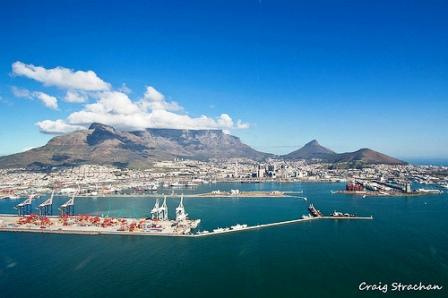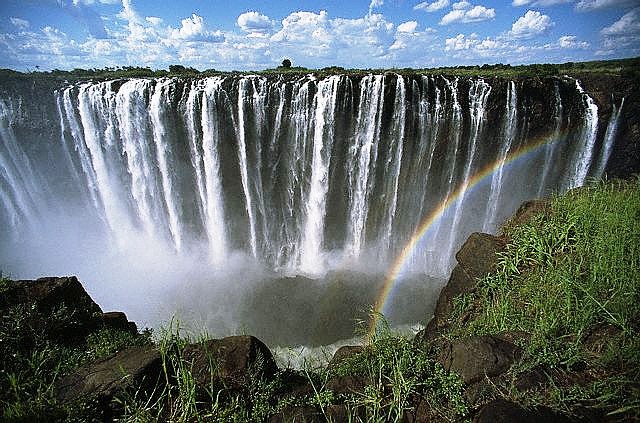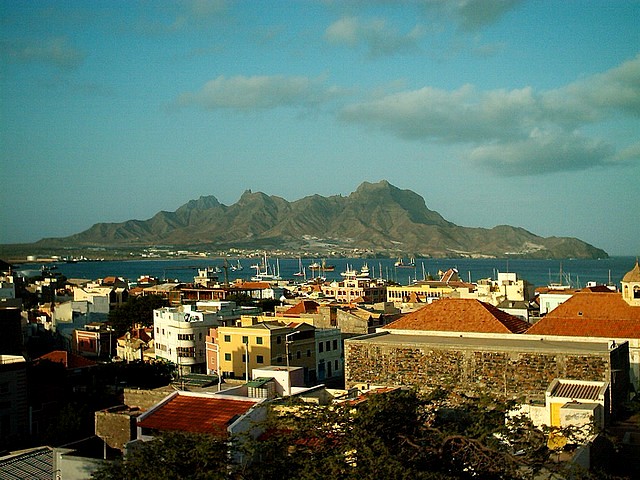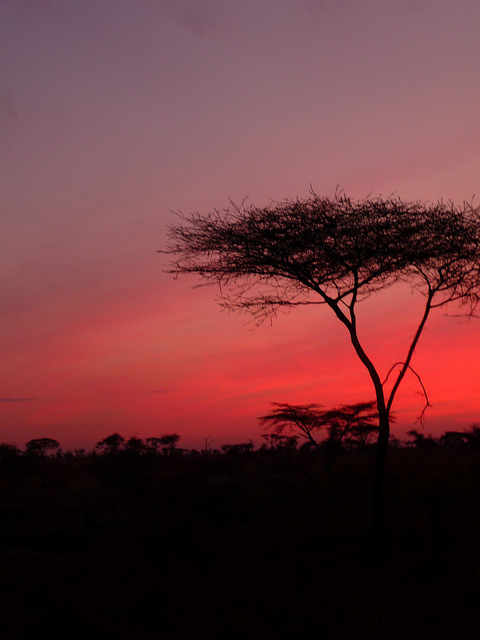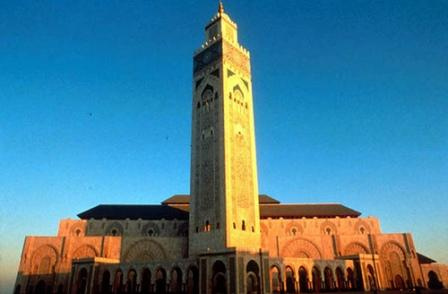The second largest city in South Africa, Cape Town is one of the world’s most iconic cities and the most popular destination in all of Africa. Nicknamed the “Mother City” or the “Tavern of the Seas”, the city’s population is about 3.5 million and with its many expatriates and immigrants it is one of the most ethnically diverse cities in the world.
Cape Town is located in the south-west corner of South Africa. The city is located between the iconically shaped Table Mountain and Table Bay and was first visited by European explorers in the late 15h century. The surrounding area was already settled by humans between 15,000 and 12,000 years ago. The Cape of Good Hope was originally called the “Cape of Storms” due to the treacherous weather that can afflict this stretch of water and was an important port on the sea route to India and further east for European traders. A look at a map of Cape Town will illustrate its characteristic location.

The weather of Cape Town is subtropical-Mediterranean with warm and dry summers and wet and mild winters. The coolest months are from June to August and bring quite a lot of precipitation and winds. Many people have compared Cape Town’s subtropical climate to that of San Francisco with similar amounts of sunlight, precipitation and wind, although Cape Town is noticeably warmer.
Here are some of the most popular sights in Cape Town that you shouldn’t miss:
- Table Mountain: Cape Town’s most iconic landmark, the view from the top of this flat-topped mountain is outstanding. The sight of the city and the Cape Peninsula stretching out in front is simply breathtaking. Impressive cliffs surround the flat plateau on the top and offer phenomenal views from an altitude of over 1,000 m above sea level.
- Lion’s Head and Signal Hill: Standing next to each other, Lion’s Head and Signal Hill are two more iconic mountains flanking Cape Town. Signal Hill is also called “Lion’s Rump” and together with Lion’s Head, this flat-topped hill creates the appearance of a lion sphinx. Usually tourists prefer to go to Table Mountain while the locals prefer to go to Lion’s Head and Signal Hill for hiking. This is also a popular destination for paragliders.
- Devil’s Peak also forms part of the famous mountainous backdrop of Cape Town and is 1000 metres high, just slightly lower than Table Mountain.

- Inside Cape Town, the Victoria and Alfred Waterfront is located right in the historic harbor of the city and offers a large variety of shopping and entertainment options. It is home to the Two Oceans Aquarium and the Marine Museum and the departure point for various harbour tours.

- Cape of Good Hope: The Cape of Good Hope is part of the Table Mountain National Park and one of its most popular tourist attractions are the Chacma Baboons that have lived on the Cape Peninsula for a million years. Cape Mountain Zebras and wild ostriches as well as all sorts of other mammals and reptiles are endemic here as well. The lighthouse at Cape Point on the eastern part of the Cape Peninsula can be reached via the Flying Dutchman Funicular.
- The Kirstenbosch National Botanical Garden is located at the foot of Table Mountain and was founded in 1913 with the goal of protecting the unique local flora. Several large indoor greenhouses show plants from different regions of South Africa and the outdoor displays focus on plants native to the Cape region. From the botanical garden there are several popular hiking trails that lead to the top of Table Mountain. At sunset during the summer months, visitor can enjoy outdoor concerts featuring local and international music.

- Muizenberg: A suburb in the south of Cape Town, Muizenberg is immensely popular with photographers and has a fantastic white sandy beach. Many seafood restaurants dot the waterfront along False Bay and offer great views of the ocean. Muizenberg is also a popular destination with surfers.

- The Bo-Kaapis a very multicultural neighbourhood of Cape Town that is located on the flanks of Signal Hill. With its cobble stoned streets and colourful houses, this is a popular destination for photographers. Previously referred to as the “Malay Quarter”, the Bo-Kaap was originally inhabited by Muslim descendants of South East Asian slaves.

Coloured houses in Bo-Kaap (image by Frames-of-mind)
- Boulders Beach: One of the famous beaches in the world, Boulders Beach is located in the Western Cape near Simon’s Town. It is also part of Table Mountain National Park. What makes Boulders Beach world famous is its colony of African Penguins (formerly known as Jackass penguins). Hundreds of thousands of tourists come here to watch and photograph them. If you are lucky, you will see penguins hatching in September.
- Two Oceans Aquarium: Located at the Victoria & Alfred Waterfront, Two Oceans Aquarium holds seven exhibition galleries and has been fascinating tourists with its beautiful underwater world since 1995. The highlight of this aquarium is scuba diving with ragged tooth sharks inside a water tank if you have a PADI open water diving license.

In addition to some of these major destinations for sightseeing, Part II of our Cape Town travel guide will talk about all the different activities you can do in and around Cape Town.
